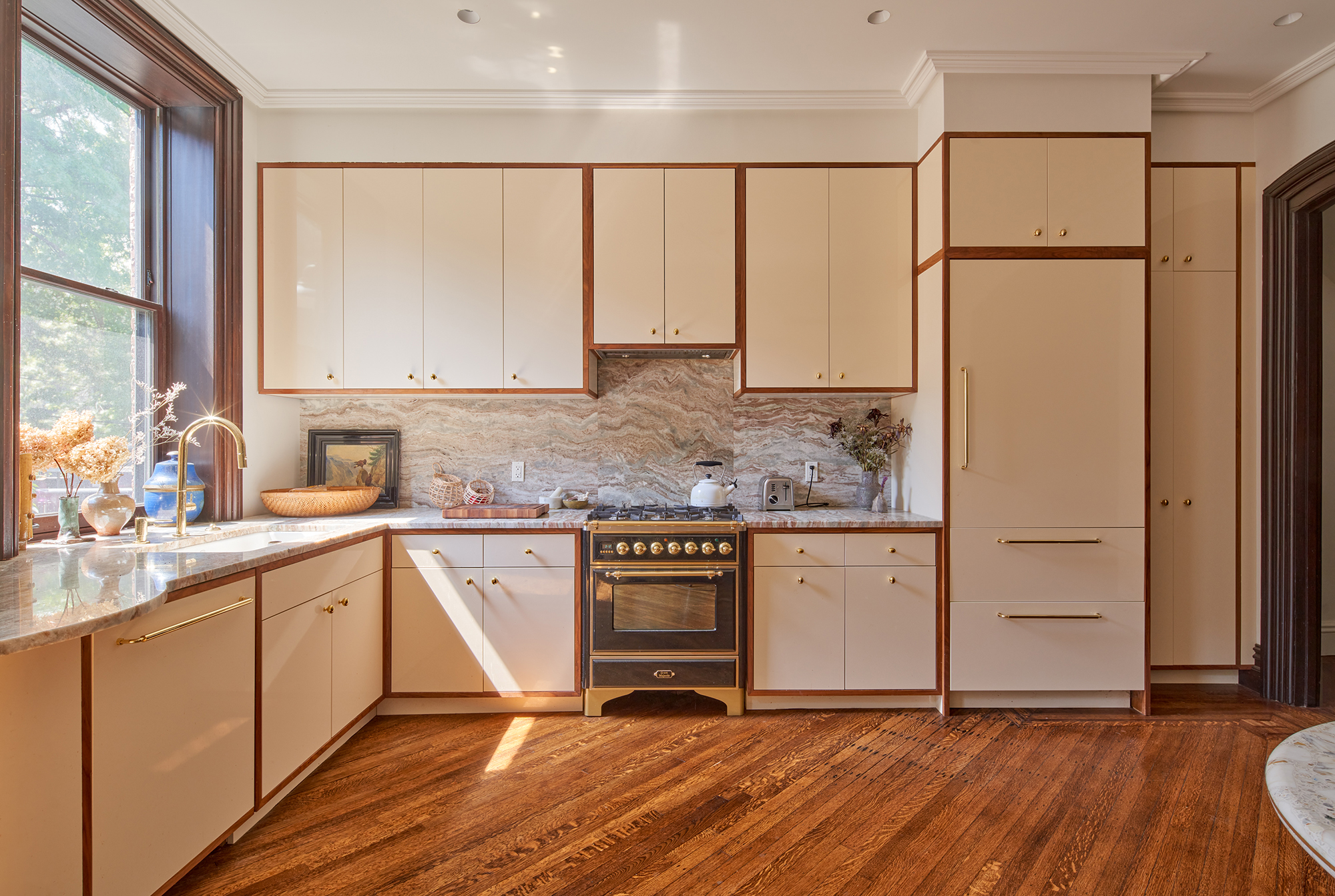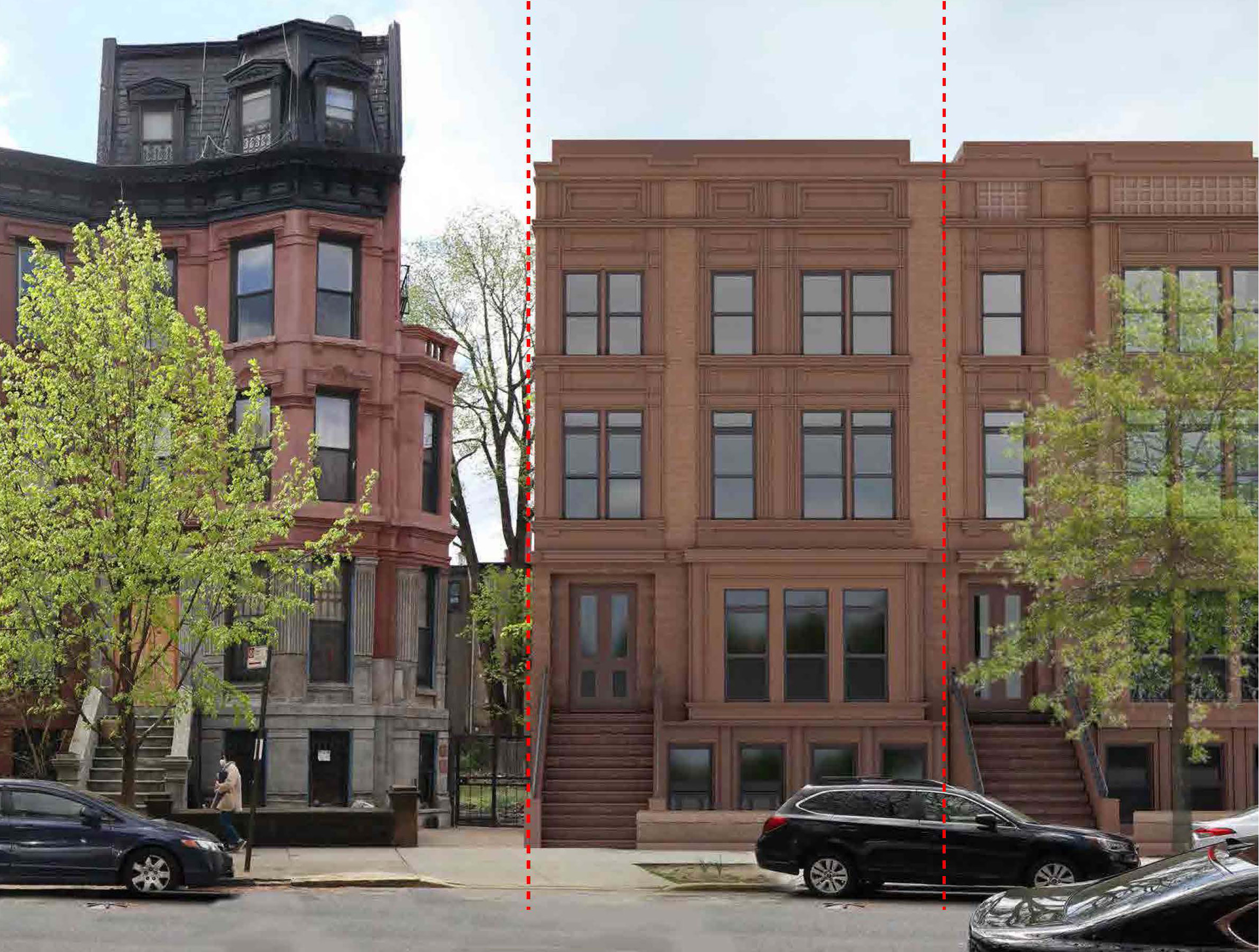Prospect Heights Landmarked!
This just in: The Landmarks Preservation Commission earlier today unanimously approved the designation of the Prospect Heights Historic District, culminating a widespread effort by the likes of the Municipal Art Society and the Prospect Heights Neighborhood Development Council that goes back over three years. The district contains 850 buildings and is the largest designation since…


This just in: The Landmarks Preservation Commission earlier today unanimously approved the designation of the Prospect Heights Historic District, culminating a widespread effort by the likes of the Municipal Art Society and the Prospect Heights Neighborhood Development Council that goes back over three years. The district contains 850 buildings and is the largest designation since the Upper West Side got the nod back in 1990. Prospect Heights is among Brooklyn’s most distinguished, cohesive neighborhoods because of its architectural integrity and diversity, scale, tree-lined streets and residential character, said Chairman Tierney. These features lend the neighborhood its unique sense of place, making it a natural for historic district status. Woohooooo!
Proposed Prospect Heights Historic District Meeting at LPC [Brownstoner]
As Historic District Gets Hearing, Some Politic Omissions [AY Report]
Landmarks to Consider Prospect Heights Historic District [Brownstoner]
ProHi Historic District Could Include Almost 800 Homes [Brownstoner]
Growing Momentum for P’spect Heights Landmarking [Brownstoner]





Congrats to Prospect Heights! Well deserved and overdue.
Bedstuy11216, I know there is work going on as we write, to add more of Bed Stuy to the list of landmarked areas. There are 2 additions to the Stuy Hts district, and a Bedford Corners area centering on, and affecting a bit more than the Hancock/Jefferson/Arlington Place blocks between Bedford and Throop. There is a committee, which our own Amzi Hill is on, so he could elaborate and I’m sure they could use volunteers in the effort.
PHfamily, unless your PH association can get donations and money, don’t strain yourself looking for those signs. They have to be bought from the city, they aren’t free. We don’t have any here in CHN,and we were landmarked in 2007, but we plan on raising money for them in the near future. I think they are in the range of $30/sign, and if you look at all of the intersections in your district, that can add up really quickly. I don’t know about the large signs with the description of the area, I’m sure those are a pretty penny, too.
mopar, ‘Garish’ originally? I may be wrong, but I thought the original colors were nowhere near as bright, Victorian colors were muted and the later renovators really jazzed things up.
i disagree, i agree (couldn’t resist) that the physical structure should be controlled strictly so that the street facade, height, bulk, etc should be consistent. And yes, I also see vinyl siding=bad but repointing in blue=weird but not bad, aluminum windows=bad but fiberglass=ok, etc.
Oh well, this is too slippery a slope unless I am God.
“I disagree” – it’s a few different filings and modifications on St Marks, both taking place in the backyard but you can see them a little from the street. Would have been possible to do with Landmarks jurisdiction but the process would have taken forever and ever. When they start, I will post them here for everyone to roast.
My own view of the Landmark Commission is that it’s probably a good thing, and certainly well intended, but I feel that the LC disproportionately burdens individual homeowners while too often giving the larger scale developers a pass.
i mean that landmarking isn’t what causes houses to fall apart in the first place. the disrepair you see in prospect heights as of today (or at least as of the day PH was calendared, if you want to be more strict about it) can’t be blamed on landmarking.
when we bought, at least 2/3 of what we did was simply getting rid of crap renovations, restoring what was originally there, and dealing with things falling apart – all of which, had the owners exercised regular maintenance and proper care, might not have been a problem. if ph had been landmarked when we bought, yes, it would have complicated how we could have addressed those problems. presumably, though, the market will take these things into account – generally, the increased cost of renovation is balanced out by buyer’s preference for landmarked areas.
as for your example of painting your house – yes, clearly, nuance is much more difficult to legislate than bright lines, and it just makes practical sense to have consistent communication. you might think painting your house is non-objectionable, but how about covering it with aluminum siding, or faux stone tiles, or adding a fourth floor in white brick and fedders boxes?
i don’t think so. my neighbors with crumbling facades (who presumably couldn’t afford a non-approved facade reno for the past 10 years, and now certainly won’t be able to pull together the $$ for the approved upgrade) are the ones most in favor…
CMU, the painted ladies of San Francisco were painted in a variety of garish and bizarre colors when they were first built. It is a San Francisco tradition. It is not a new thing.
Yay!
GO PH! I am happy that our neighborhood got landmarked.
i disagree: but as a practical matter, the violation will cause you trouble down the road, so you could say the teeth are long;).
I moved here from SF, and the influx of renovators 20-30yrs ago who were not bound to traditional colors and methodologies is the reason that we have the beautiful “painted ladies” there. I had a house there, and, then as now, did not have 30-50k to do a bang-up 10-color job, but I did spend almost double what a single color job would have to paint my house “reasonably” well. Had NYC Landmarking been in effect, I might have not painted it at all, thereby contributing to the ‘neglect’ you mention.
I have the opposite constraint here. At some time, I intend to introduce some color to my dull brown house. If I were landmarked, I would not be able to do so. Is that a laudable purpose of landmark protection? I don’t think so. (Otoh, that pink Garfield house…!)
And I’m a little confused when you say “not landmarking that causes that problem, but landmarking does complicate the potential solutions”?